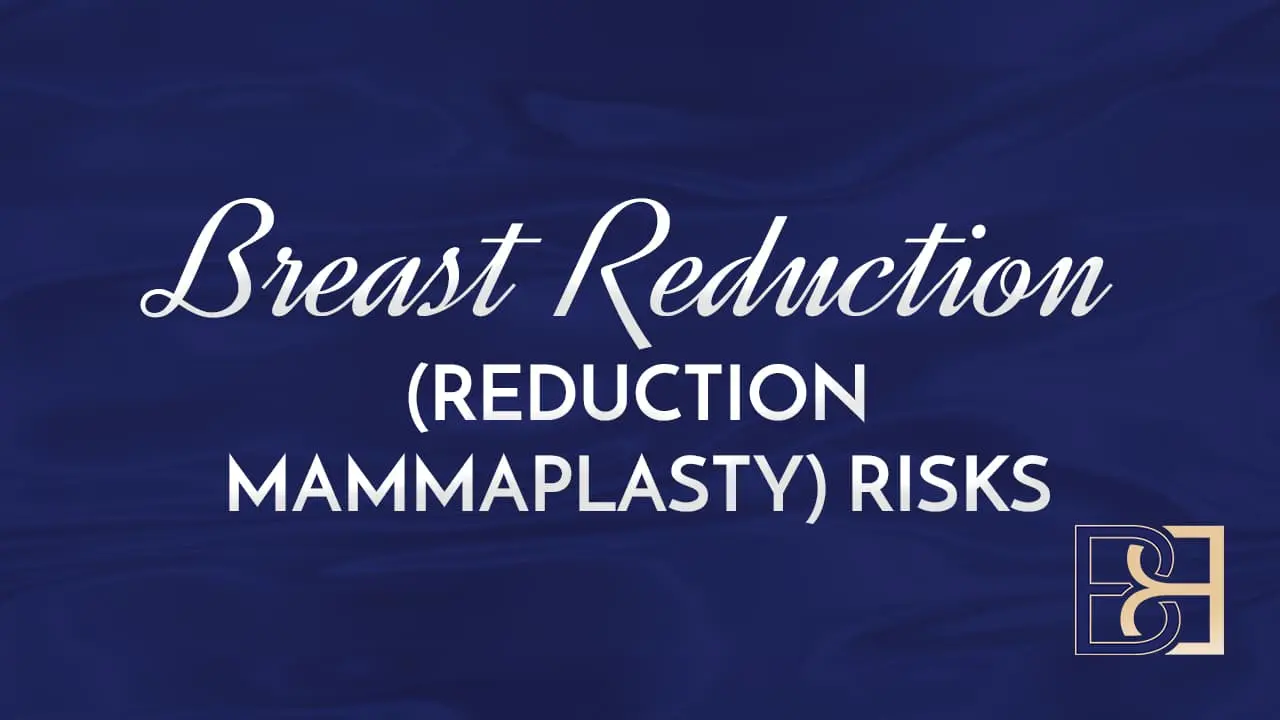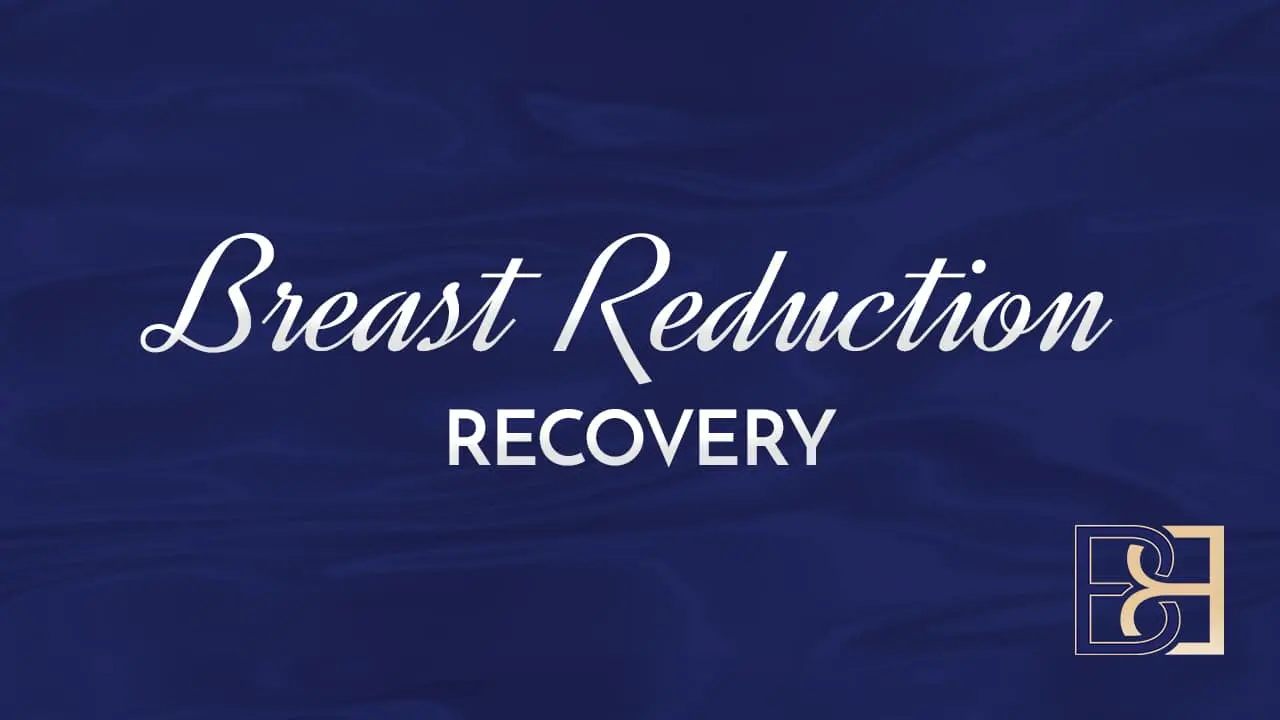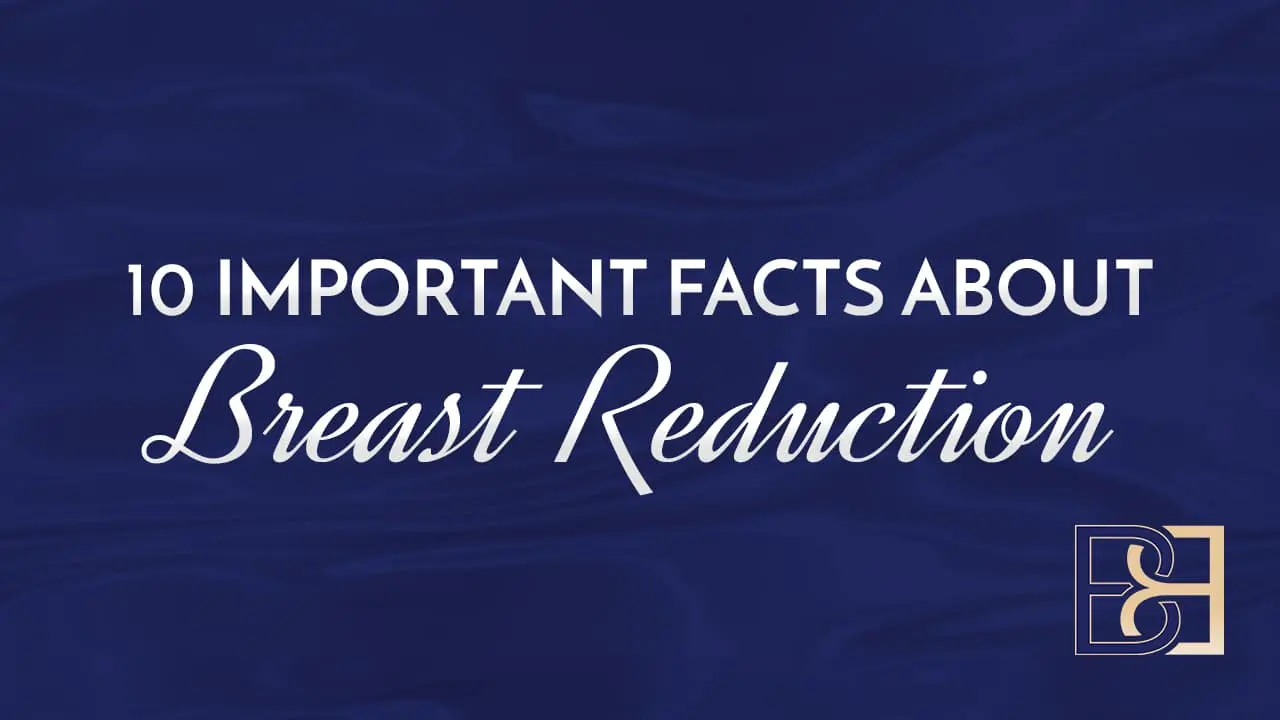Today’s article is all about the intra-op breast reduction with lipo. It covers all the steps of the operation so you can get an idea about how Dr. Beldholm achieves a breast size that is more ** and removing unflattering bra rolls and ** breast shape.
But first, let’s talk more about some concerns patients may have about large breasts.
Breast reduction reasons
Why women get breast reductions is a question that has many answers. There are many reasons that women choose to get breast reduction surgery, also known as reduction mammaplasty. If you have breasts that are too large (macromastia aka abnormally large breast size), you can probably relate to many of these!
Large, heavy breasts causing pain
Women with large breasts are stuck carrying a lot of extra weight around. This can cause pain in the back, shoulders and neck, or even cause you to slouch. Supportive bras can only help so much; Bras often fit tightly in order to do their job. This means bras straps digging into shoulders and down around the bra band is a problem, leading to more pain and, often, bra bulge or bra rolls that show through clothing.
Small cup sizes are in fashion
B-cups are one of the most requested breast sizes in the United States these days. Australian women tend to prefer slightly larger (but not too large) breasts than women in the United States these days, and the fashion world is all over the place in terms of breast size, but as of the last decade more and more women tend to favour smaller breasts than they did in the past.
Where to buy swimsuits for large bust sizes?
That’s a good question. It’s hard to shop for one pieces and bikinis for bigger bust sizes. Many retailers don’t stock swimsuit sizes higher than D cup, leaving women with double D, E cup breasts and larger left out. But it is not just the style of the swimsuit that matters. Finding a supportive swimsuit for large bust support is another tale in itself. You want your breasts to be locked in place and pushed up without discomfort — a task that is not always ** when you have very large breasts.
Bra rolls
Wearing bras isn’t exactly a treat when you have large breasts. Not only is it hard figuring out where to buy large bra sizes (and as you know, they style options are limited), but wearing a bra can also cause bra rolls. These rolls of bulging bra fat often peek through shirts and make women feel self conscious.
Is it harder to read a mammogram with large breasts?
Women with large breasts are recommended to get a yearly mammogram. The reason is **. Women with dense breast tissue have a harder time doing a breast self check for lumps. Dense glandular tissue also makes it a bit harder to read mammograms. For women that have a history of breast cancer in the family, a breast reduction can make it easier to detect breast lumps since there is less tissue to evaluate. As you can see, breast reduction is not only about aesthetics. It is a health concern for some women as well.
** gets worse with age
Heavy breasts and gravity are not great friends. The larger and heavier the breasts, the more they will ** as you get older. ** breasts lose volume and fullness, hanging flat like “deflated balloons”, as some women describe it, after time has taken its toll. Small ** breasts don’t really have to deal with this as much. Removing breast tissue can reduce the chance of breast ** by removing excess weight.
Note: For severe breast ** , a breast reduction and lift may be the right choice.
Book your appointment online now
Intra-op breast reduction operation
Dr. Bernard Beldholm‘s intra-op breast reduction surgery removes excess breast tissue and ** the chest wall for beautifully shaped breasts.
Operation guide for the intra-op breast reduction
Doctor Bernard performs many breast reductions for women seeking smaller breasts for a variety of reasons.
Learning how the operation works gives women that are considering breast reduction surgery a close-up look at how surgery can help them achieve the breast size that is ** for their body.
Here is how Doctor Bernard performs the surgery:
Step 1: Marking the breasts
Any successful cosmetic surgery starts with making correct markings on the patient’s body. Markings are made while the patient is awake and standing up prior to surgery. They serve to help guide the surgeon throughout the operation. Placing the markings while the patient is standing up is especially important since you will be laying down during surgery, which can affect how the body appears.
Markings are basically the road map to a good surgical outcome. They help the doctor see what they are doing from start to finish.
Step 2: Anesthesia
Breast reduction surgery requires the patient to undergo general anesthesia. First, a mask is placed on your mouth as you lay ** on the table, ready to drift off to sleep. The mask pre-oxygenates your lungs. Once your oxygen has reached a stable level and you have ** drifted off to sleep, a breathing tube is inserted.
As with all surgeries that Doctor Bernard performs in the hospital, a highly trained anesthesiologist will watch over you the entire time of surgery. Your oxygen levels will be carefully monitored along with your vitals. Anesthesia today is very ** for ** patients. You can read more about anesthesia here.
Step 3: De-epithelialization (superficial skin removal)
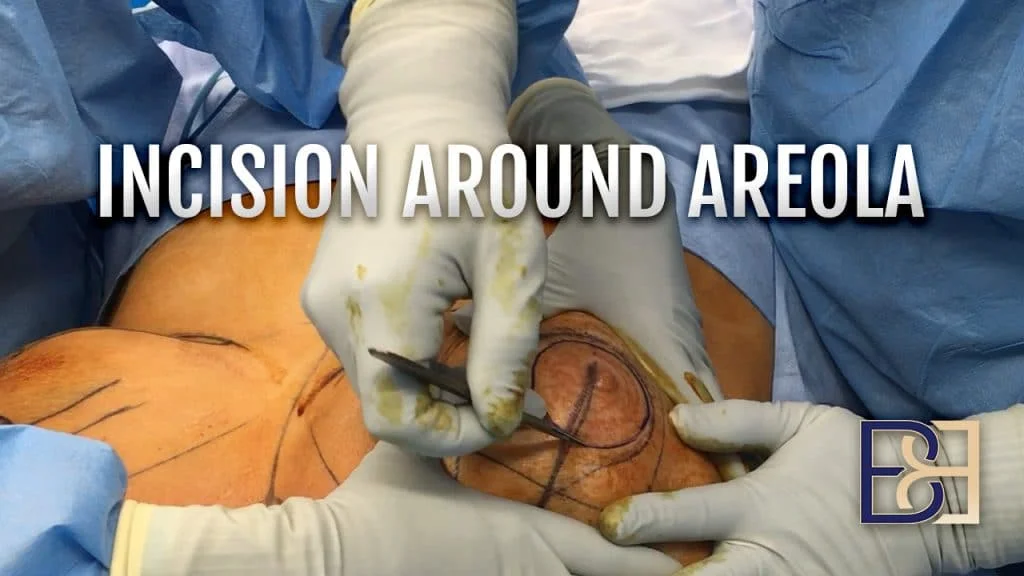
Now that you are ** and ** asleep and in stable condition, the surgery may begin. The surgery starts with the initial incision. In breast reduction surgery, this is known as deepithelialization. Doctor Bernard will first create a circle, and then carefully scour away all the tissue around the markings he made earlier, taking his time to ensure everything is done correctly.
Essentially, what he is doing is removing the top layer of skin. The skin has three layers. This is the outermost layer of skin. Performing this step increases blood circulation to the nipple-areola region. This is vital to get a really good result without causing breakdown of the nipple.
Why is it so important to protect the nipple? Nipple necrosis is one of the complications that can happen after breast reduction. This is an issue in which the skin actually dies, causing the nipple to breakdown. De-epithelialization increases blood flow to that nipple, thereby reducing the risk of this happening. That way, you can have a ** and more successful surgery.
This part of the surgery is one of the most challenging and time consuming parts of the procedure. The larger the breasts, the more time it takes. It takes great care and skill to perform this step correctly. Doctor Bernard is highly experienced in reduction mammoplasty, so you are in good hands.
The first part of breast tissue removal then begins.
Step 4: Superior pedicle
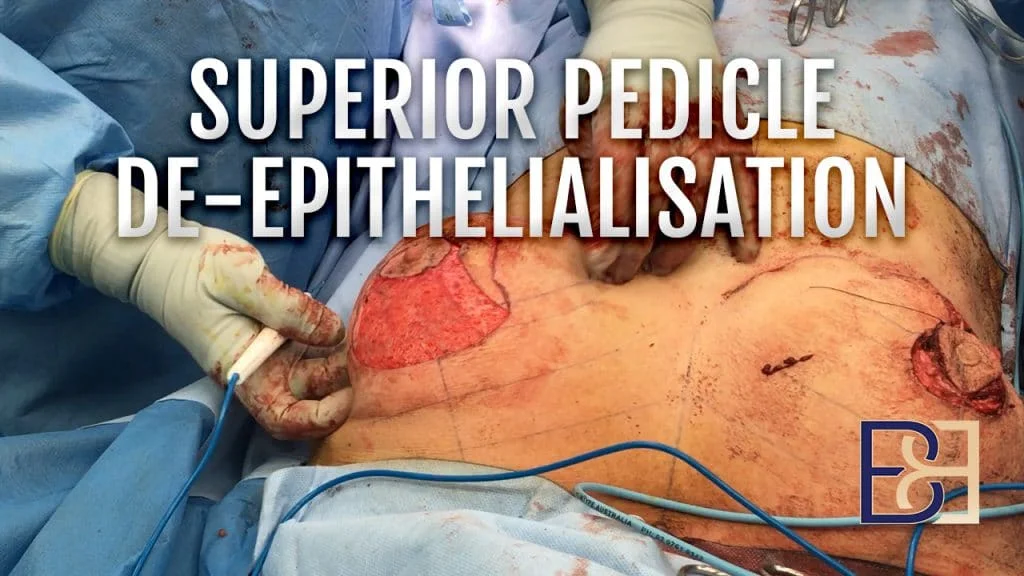
This is one of the latest and most popular breast reduction techniques today. Superior pedicle refers to the blood supply that comes from the upper part of the breast down to the nipple. Using this technique maintains a reliable blood supply to the nipple area. The blood supply comes from an internal mammary artery and perforators of that artery.
Maintaining the blood supply to the nipple region allows him to remove all the excess breast tissue down toward the bottom of the breast more efficiently. This is the tissue that tends to be fullest and ** in an undesirable way, especially for patients with very large breasts as they get older, losing skin strength and elasticity. In this step, Doctor Bernard goes down into the superior pedicle to create the blood supply that will go into the areola.
Step 5: Removing breast tissue
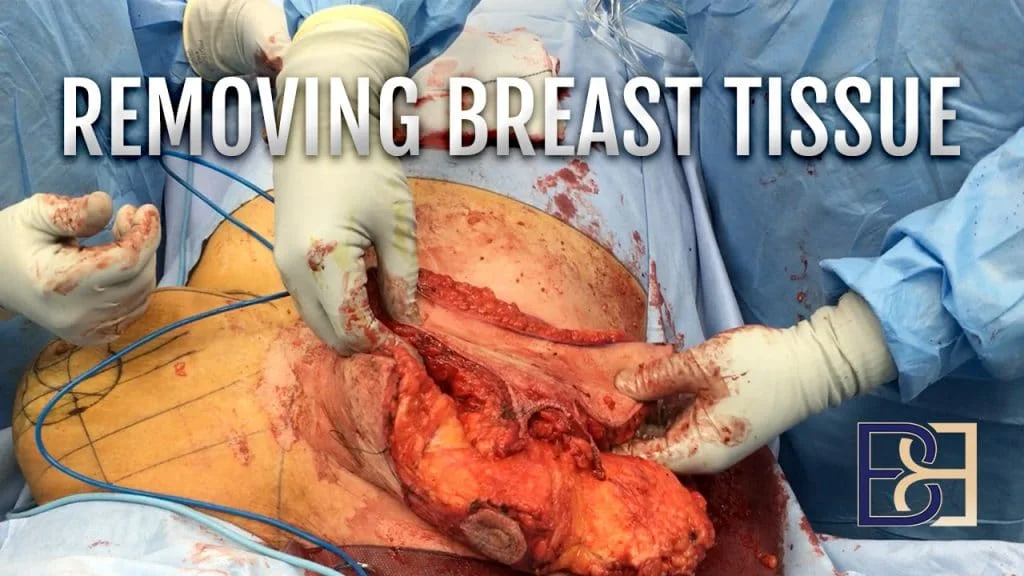
The nipple-areola region is lifted and the excess breast tissue is removed. Doctor Bernard goes down to the muscle, and then around the lower part of the breast as needed. Each patient is different, but women have most of their breast tissue located in the lower breast pole, which is always fuller than the upper breast. This is why breasts have a sloped appearance and look fuller at the bottom.
All that heavy breast tissue can be a source of discomfort, leading to back, neck and shoulder pain, aside from the cosmetic concerns women experience. It is a huge relief to finally have all that excess breast tissue removed. The patient is left with nicely shaped breasts that are an appropriate size for her frame and personal tastes.
Dr. Beldholm spends a lot of time with patients before surgery making sure he understands what the patient hopes to achieve with breast reduction. When removing the breast tissue, he keeps the patient’s wishes top of mind as he trims away the excess breast tissue in order to achieve the outcome the patient wants from breast reduction surgery.
Step 6: Closing the incision
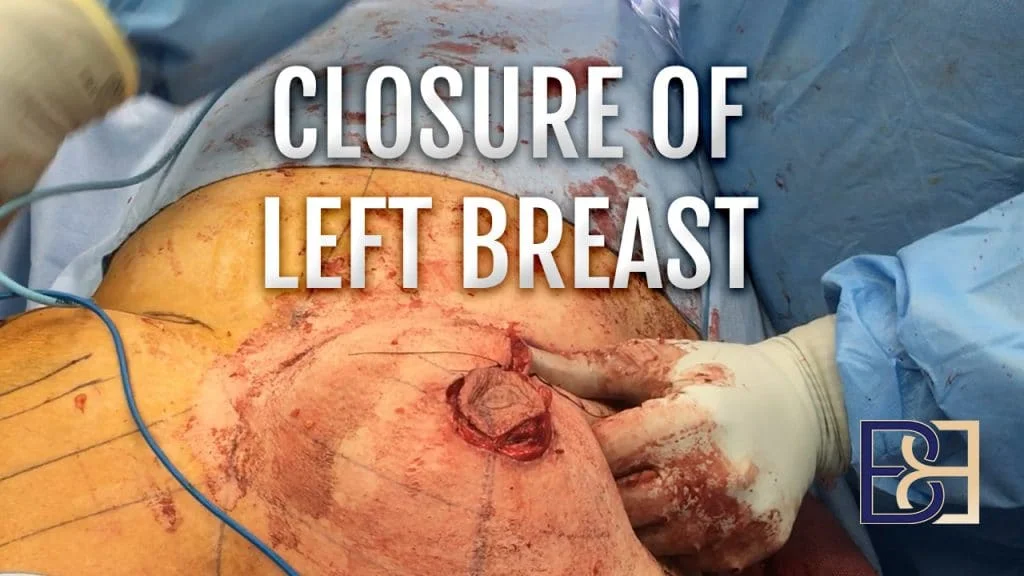
Closing the incision can be tricky. That is why Doctor Bernard takes great care when closing the incision. The tissue pedicles are closed first. The lower part of the breast (lower pole) is carefully sutured. Next, the upper part of the breast (upper breast pole) is closed. The nipple area is closed last. This is where the previous markings come into play. Doctor Bernard will come through the opening at the areola, using the markings from earlier as a guide to ensure a good result.
Step 7: Breast liposuction

Now that all the excess breast tissue has been removed, he begins shaping the breasts and surrounding area as needed. Breast reduction with liposuction is an important part of getting a great result with Doctor Bernard’s intra-op breast reduction.
First, the fluid goes in, and then the breast is liposuctioned to remove excess fat in the breasts. This gives the patient a nice, round shape, particularly on the outside area of the breast — a common trouble spot for women. Many women have what is known as lateral breast rolls, which are located on the side of the chest wall.
Step 8: Applying wound dressings
As the operation comes to an end, the final step is applying wound dressings. Wound dressings help protect the incision as it heals. They keep germs out, reducing the chance of infection from breast reduction surgery. Wound dressings also protect the incision from abrasion from clothing so you stay nice and ** in the early days of healing.
Doctor Bernard will place the wound dressings on before you wake from surgery. That way, you will be more ** when you wake up in the recovery room.
Breast reduction 5 days post-op
While it takes time to see the final results of surgery (usually about 1 year post-op), the dramatic ** is visible right away. All that unwanted breast tissue is finally gone! The chest wall will also appear more **, but due to swelling, you won’t see the final results of that just yet. It can be difficult to see the final shape of the breast at this stage, but you will notice a big difference from your pre-op breast size.
The worst of the swelling will pass in the first two weeks after surgery. Mild bruising may also be visible shortly after. This is common and usually nothing to be concerned about. It will go away in the first couple of weeks as your body heals.
For many women, it is a huge relief to get all that “weight off their chest”.
Breast reduction 1 year later results
One year after surgery, you have fully healed. The scars will begin to be less noticeable, and all swelling and bruising will be long gone since the first few weeks after surgery. Now you can step back and admire your new breasts in the mirror.
Patients love the freedom from pain and discomfort caused by large, heavy breasts. You will also look better, with breasts that are more appropriate in size for your body frame. With the intra-op breast reduction with liposuction, those bra rolls will be a distant memory, too. Incredible!
Please visit the breast reduction photos gallery to see results from many of Doctor Bernard’s breast reduction patients to get an idea of what your results may look like if you choose to get the surgery.


